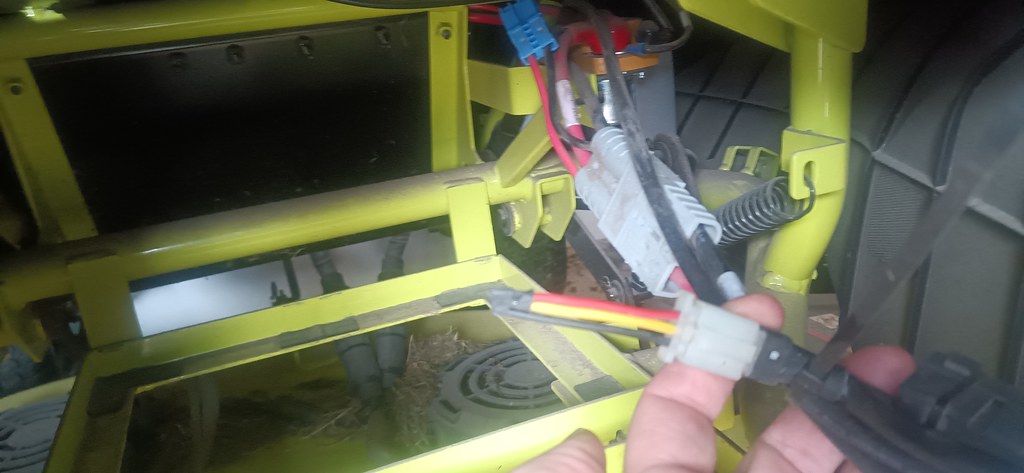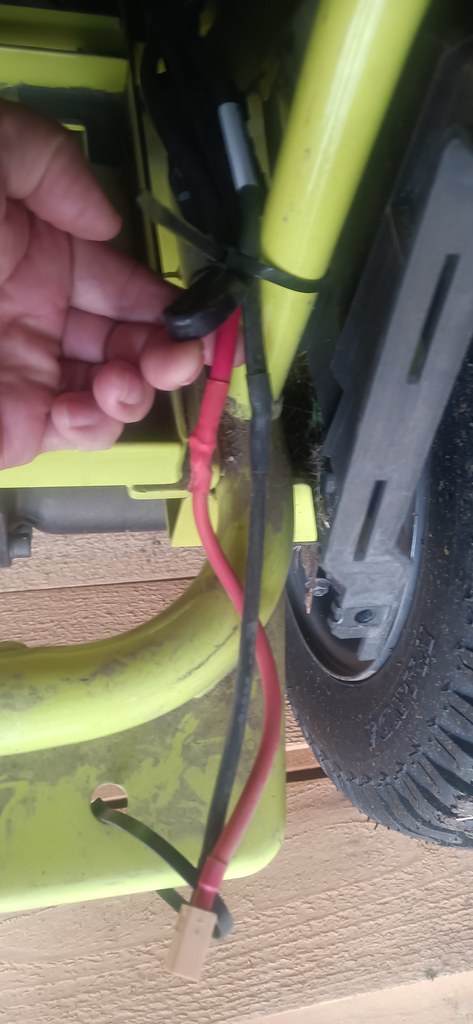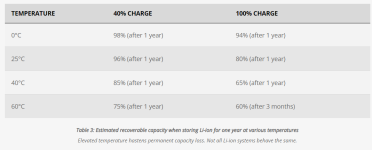BillDeLong
Member
- Joined
- Jul 20, 2020
- Threads
- 1
- Messages
- 13
I just want to share my experience with a successful conversion I did to my Ryobi RM300e to Lithium.
My mower was about 18 months old when the stock lead-acid battery started losing capacity and would no longer mow our 1/3 acre lot on a single charge.
I found the following video extremely useful to do the conversion where the most important tip provided is at 20min into the video where he explains that you need to splice the yellow and red wires for the charger/relay bypass:
I discovered that there were 2 major concerns in that video that need to be addressed:
1) He states that it is necessary to replace the stock battery gauge where it's not compatible with lithium batteries and I have found that it works perfectly fine with the lithium battery I purchased
2) He uses a battery that is overkill and stupid expensive. I used the following article to come up with my own calculation for the proper size battery that I need:
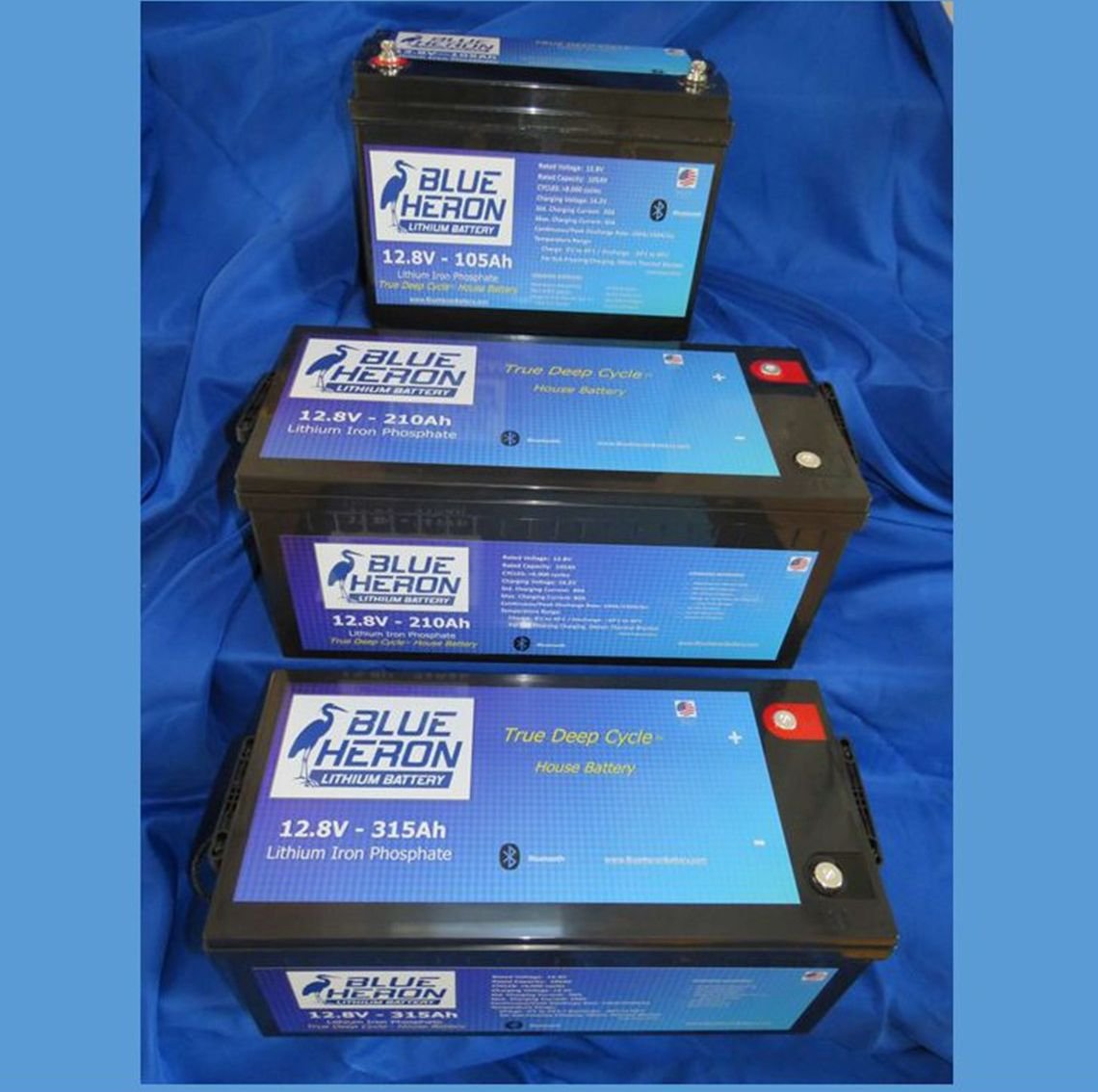
 www.blueheronbattery.com
www.blueheronbattery.com
Stock lead acid battery = 50Ah rated for 50% = 25Ah usable capacity
Ryobi states stock battery can mow 1 acre but my yard is only 1/3 acre so I figured I would have plenty of wiggle room with the following 20Ah battery that is designed for electric bikes:
I simply used the included velcro straps to attach the battery to the rear chassis bar and charge/store the battery indoors to significantly extend the life of the battery which is stated as a 10 year battery lifespan!
The battery comes with a charger and 10AWG wiring which was fairly easy to splice solder to the included 8AWG harness that came with the mower. I have confirmed that the 10AWG wiring does not get hot, nor does the battery and the mower is far more powerful than it ever was on the lead acid battery. The battery gauge on the mower shows 2 bars left on the gauge after mowing my full 1/3 acre and the battery meter on the battery itself reads 25% charge remaining.
I couldn't be happier with the conversion and will be happy to post pics if anyone is interested in the doing the same conversion and wants to see my setup which isn't far from the video I posted above.
***UPDATE 25-AUG-2025
I have been running my conversion for close to 2 years with very good results and have been able to mow up to 2/3 acre with a 20Ah battery on a single charge.
I want to point out that the battery I purchased was recalled after several fires were reported by consumers, but I have chosen to continue using the battery because I believe the fires were caused by negligence of the users. Here's what I do to ensure proper/safe usage:
1) Store the battery between 50%-75% charge max inside a cool HVAC controlled environment
2) Only charge the battery immediately before use and monitor the battery during the charge
3) Visually inspect the battery case for signs of swelling and feel around the pack after each use for signs of any "hot spots" indicating a bad cell
More info here:
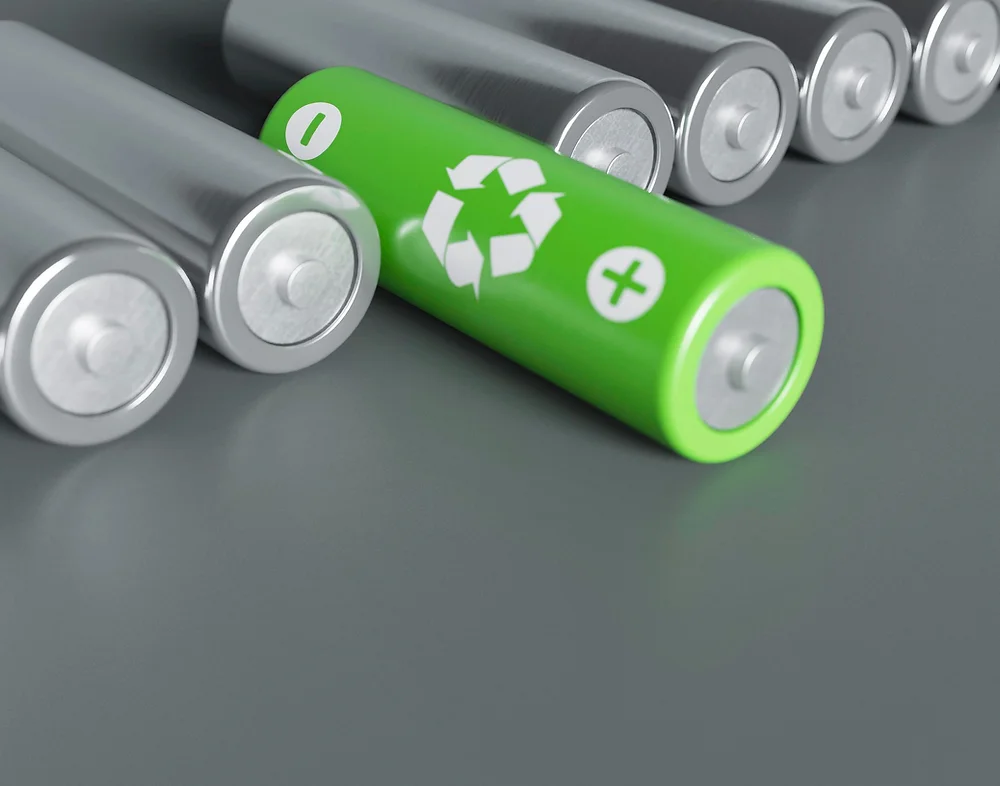
 www.lithiplus.com
www.lithiplus.com
My mower was about 18 months old when the stock lead-acid battery started losing capacity and would no longer mow our 1/3 acre lot on a single charge.
I found the following video extremely useful to do the conversion where the most important tip provided is at 20min into the video where he explains that you need to splice the yellow and red wires for the charger/relay bypass:
I discovered that there were 2 major concerns in that video that need to be addressed:
1) He states that it is necessary to replace the stock battery gauge where it's not compatible with lithium batteries and I have found that it works perfectly fine with the lithium battery I purchased
2) He uses a battery that is overkill and stupid expensive. I used the following article to come up with my own calculation for the proper size battery that I need:

Lithium Batteries Deep Cycle
Stock lead acid battery = 50Ah rated for 50% = 25Ah usable capacity
Ryobi states stock battery can mow 1 acre but my yard is only 1/3 acre so I figured I would have plenty of wiggle room with the following 20Ah battery that is designed for electric bikes:
I simply used the included velcro straps to attach the battery to the rear chassis bar and charge/store the battery indoors to significantly extend the life of the battery which is stated as a 10 year battery lifespan!
The battery comes with a charger and 10AWG wiring which was fairly easy to splice solder to the included 8AWG harness that came with the mower. I have confirmed that the 10AWG wiring does not get hot, nor does the battery and the mower is far more powerful than it ever was on the lead acid battery. The battery gauge on the mower shows 2 bars left on the gauge after mowing my full 1/3 acre and the battery meter on the battery itself reads 25% charge remaining.
I couldn't be happier with the conversion and will be happy to post pics if anyone is interested in the doing the same conversion and wants to see my setup which isn't far from the video I posted above.
***UPDATE 25-AUG-2025
I have been running my conversion for close to 2 years with very good results and have been able to mow up to 2/3 acre with a 20Ah battery on a single charge.
I want to point out that the battery I purchased was recalled after several fires were reported by consumers, but I have chosen to continue using the battery because I believe the fires were caused by negligence of the users. Here's what I do to ensure proper/safe usage:
1) Store the battery between 50%-75% charge max inside a cool HVAC controlled environment
2) Only charge the battery immediately before use and monitor the battery during the charge
3) Visually inspect the battery case for signs of swelling and feel around the pack after each use for signs of any "hot spots" indicating a bad cell
More info here:

Understanding the Dangers of Lithium Batteries: Risks, Causes, and Safe Handling
IntroductionLithium-ion batteries have revolutionized how we power devices—fueling everything from smartphones and laptops to electric vehicles and industrial machinery. Yet, despite their high efficiency and energy density, these compact power sources carry inherent risks. Explosions, fires...
 www.lithiplus.com
www.lithiplus.com
Last edited:

